Description
When looking to include low-maintenance and pet-friendly plants into a home, there is no better plant family than Peperomia. These are semi-succulents, requiring little more care than occasional water and plenty of bright light. The Marble Peperomia (Peperomia obtusifolia, also called Radiator Plant) has thick, oval, dusty to dark-green leaves flecked with cream variegation. These plump leaves stand erect upon sturdy stems, keeping their compact form and variegation when kept in bright, indirect light. As a semi-succulent, the Marble Peperomia is a hardy plant with low water needs, making it a great plant for the forgetful waterer or frequent traveler.
Best Locations For Growing Marble Peperomia
Like other variegated plants, the Marble Peperomia will thrive and continue to produce white-flecked leaves when kept in plenty of bright, indirect light. These plants are able to handle a bit of direct sunlight, making them ideal windowsill plants. Without needing frequent watering, place this plant in any window, from a kitchen to bedroom, without the worry of having to check on it every day. Peperomia are non-toxic, making them excellent additions to homes with children and pets.
Marble Peperomia Sunlight Requirements
Place Marble Peperomia in an east- or north-facing window for consistent all-day bright indirect light. These plants can be placed in west- and south-facing windows as well, though they should be set a bit farther back or shaded from intense afternoon sun. While Peperomia can handle a bit of direct light, their leaves can be burned by direct sun. Like succulents, Peperomia that are kept in lower light tend to stretch and lose leaves, indicating that they need more light. In addition, variegated plants will produce all-green leaves when they are not getting enough light.
Marble Peperomia Care
Being semi-succulents, Peperomia prefer to remain in smaller pots, limiting the amount of excess soil around their roots. After a couple years in the same pot, Peperomia can be repotted into a pot with drainage holes that is slightly larger than the previous. Use a well-draining soil like succulent or cactus soil to ensure that the soil is able to dry out relatively fast.
Watering Marble Peperomia
Like other semi-succulents, allow the soil of the Marble Peperomia to dry out almost completely before watering deeply, until water is coming out the drainage holes and the soil is retaining moisture. One way to tell that Peperomia is ready for water is by feeling the leaves. A day or so after being watered, Peperomia leaves will be firm and plump. After some time, the leaves become more pliable and even wrinkled as the plant taps into the water stored in the leaves to survive. The frequency of watering will depend on light, temperature, and humidity, so it is important to feel the soil and leaves prior to watering.
Feeding Marble Peperomia
Peperomia are slow-growing plants that do not require regular fertilizing. In the spring and summer, diluted liquid houseplant fertilizer can be added into the watering routine once a month. Take care to follow dilution recommendations as over-fertilizing can cause more problems than no fertilizer at all with low-feeder plants like Peperomia. Fertilizing in the winter is not necessary as plants slow their growth significantly.
Additional information
| Container Size | 3" Pot, 4" Pot, 6" Pot, 8" Pot, 10" Pot |
|---|
Reviews (0)
Be the first to review “Marble Peperomia” Cancel reply
Related products
Pet Safe Houseplants
Pet Safe Houseplants
Pet Safe Houseplants
Pet Safe Houseplants
Pet Safe Houseplants
Pet Safe Houseplants
Pet Safe Houseplants
Pet Safe Houseplants
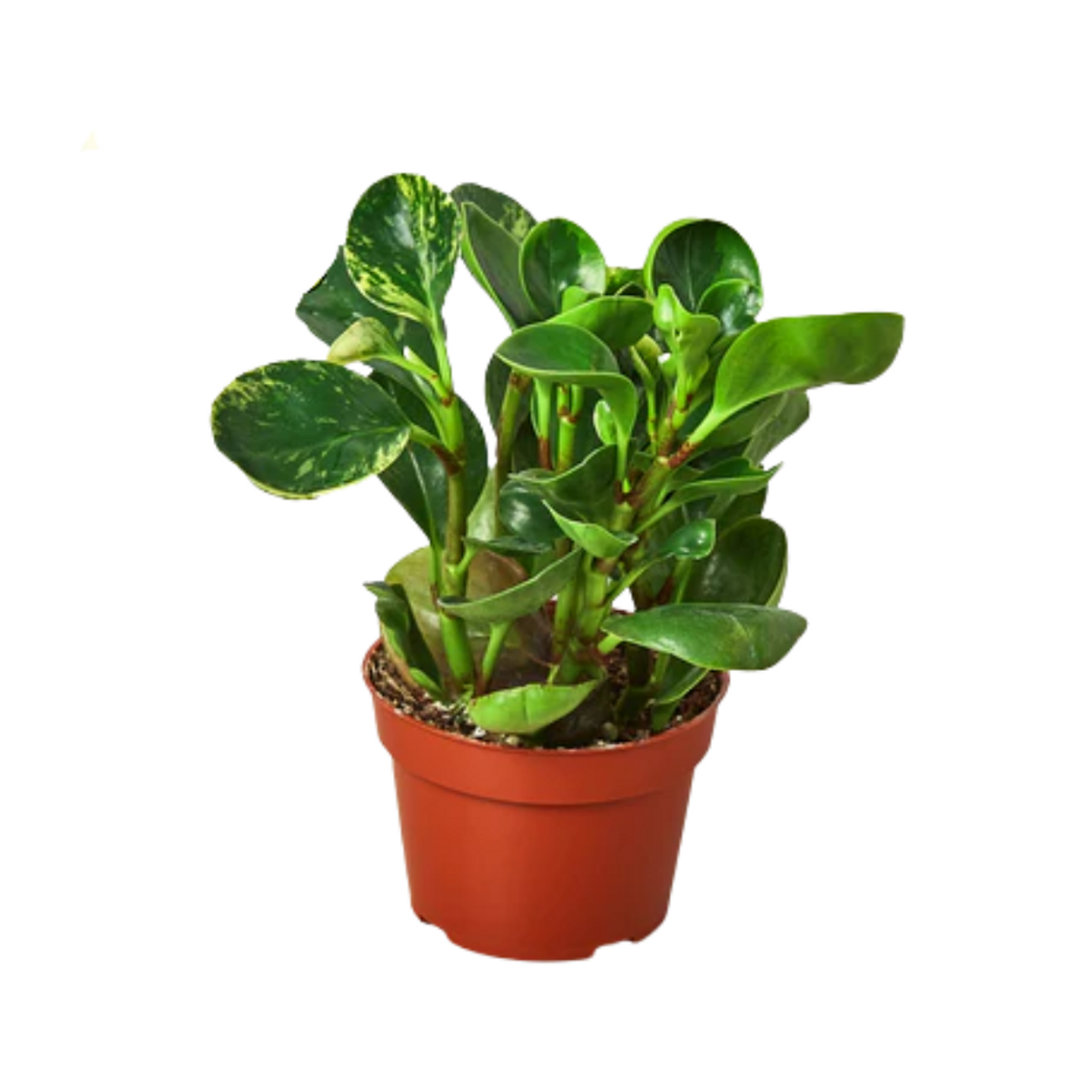
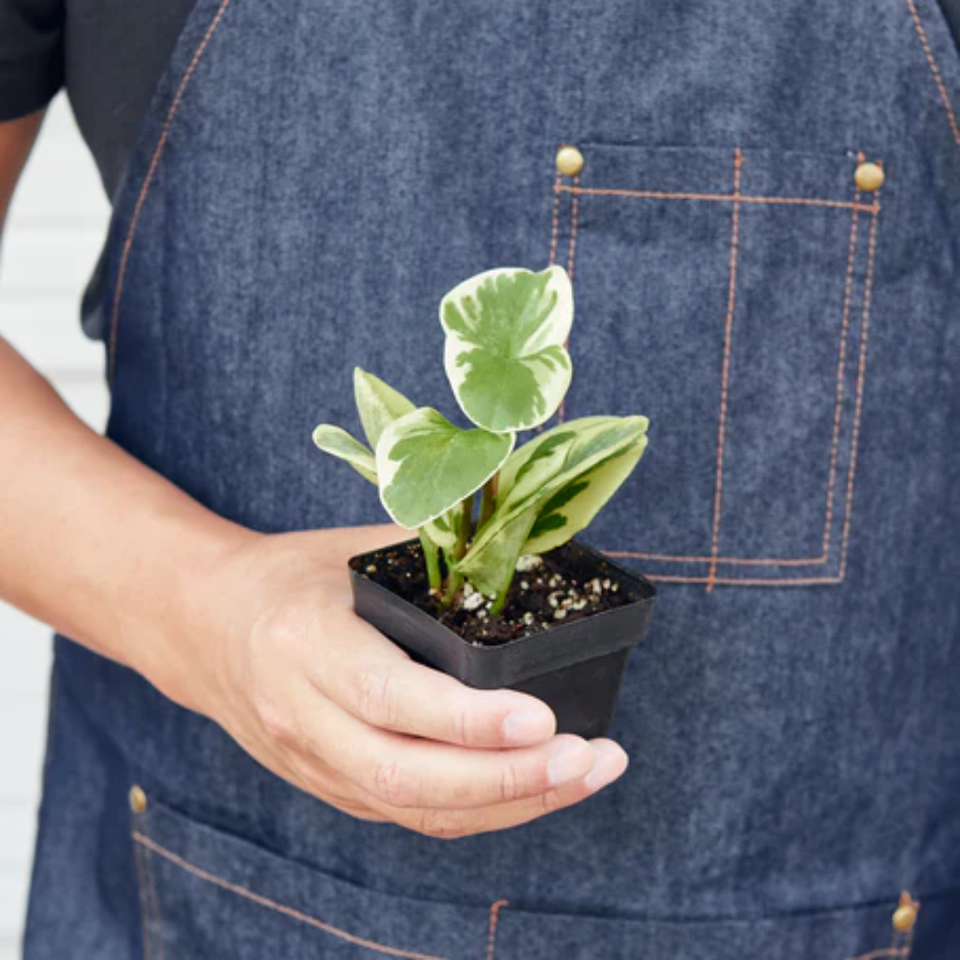
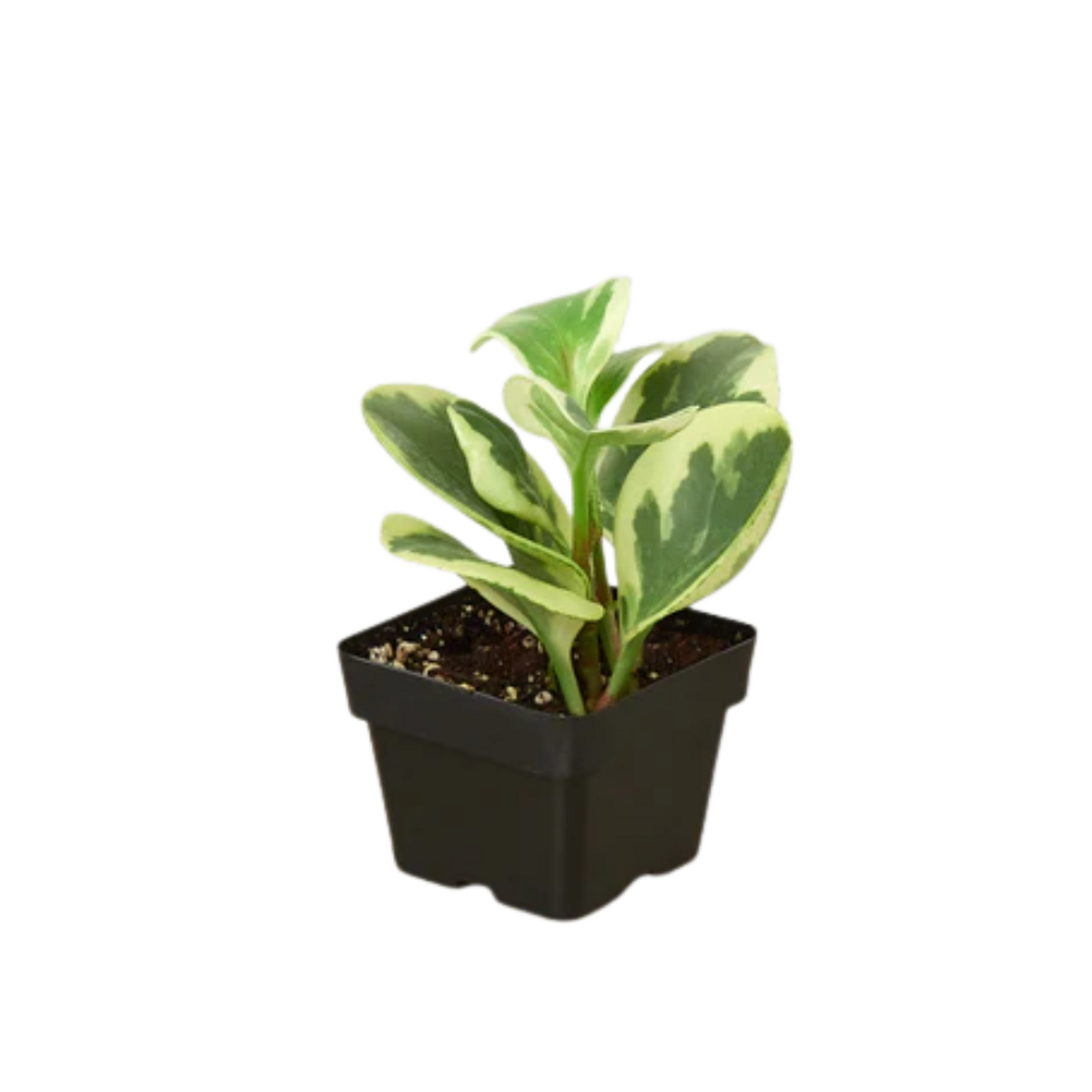
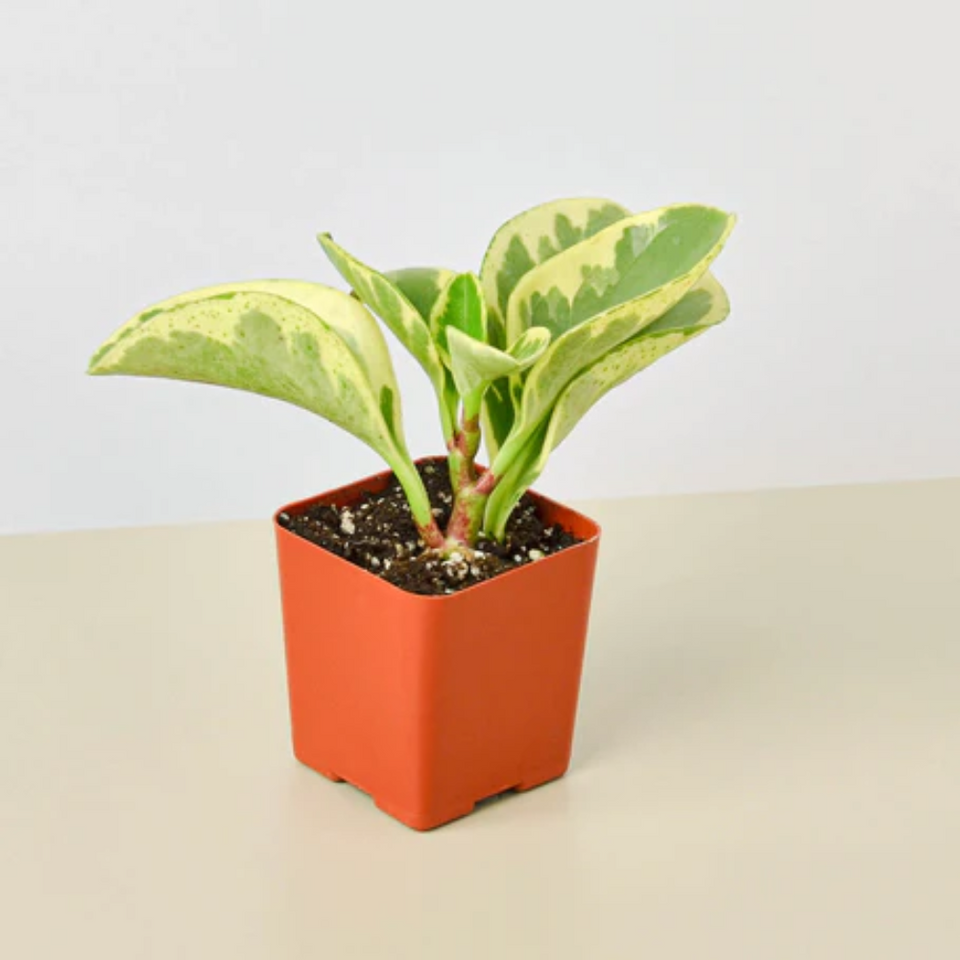
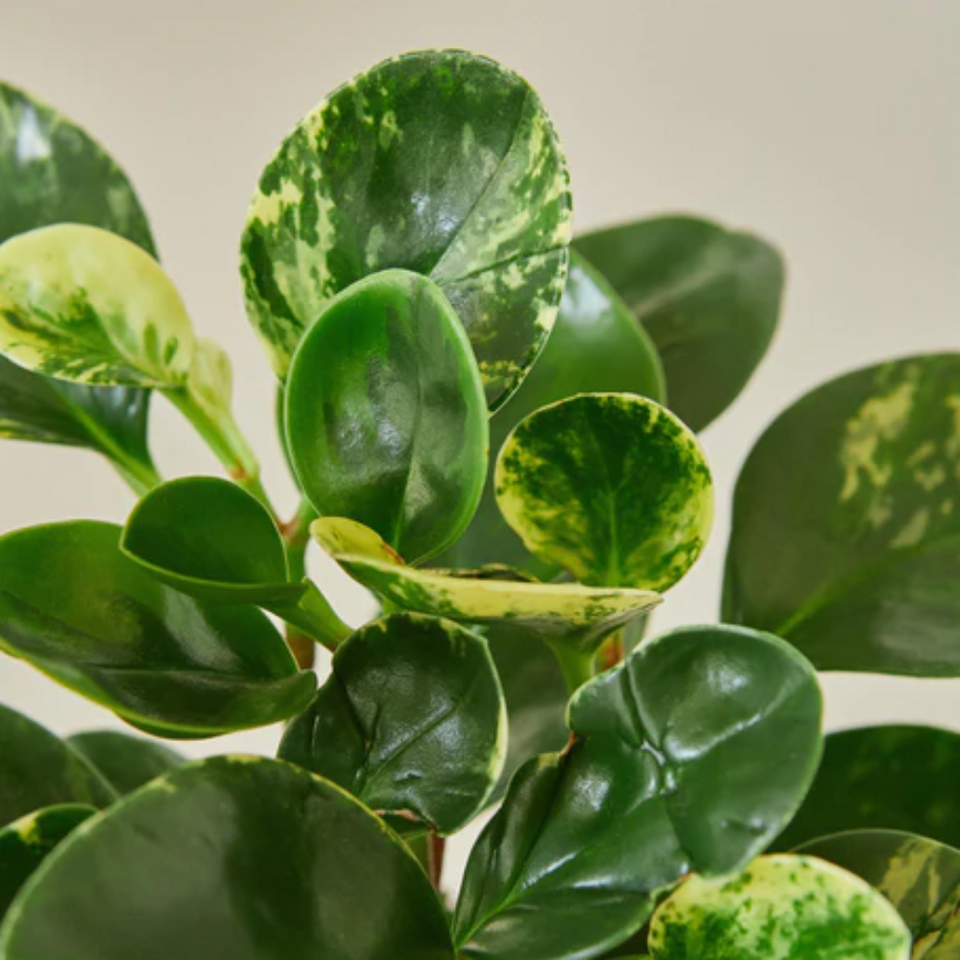
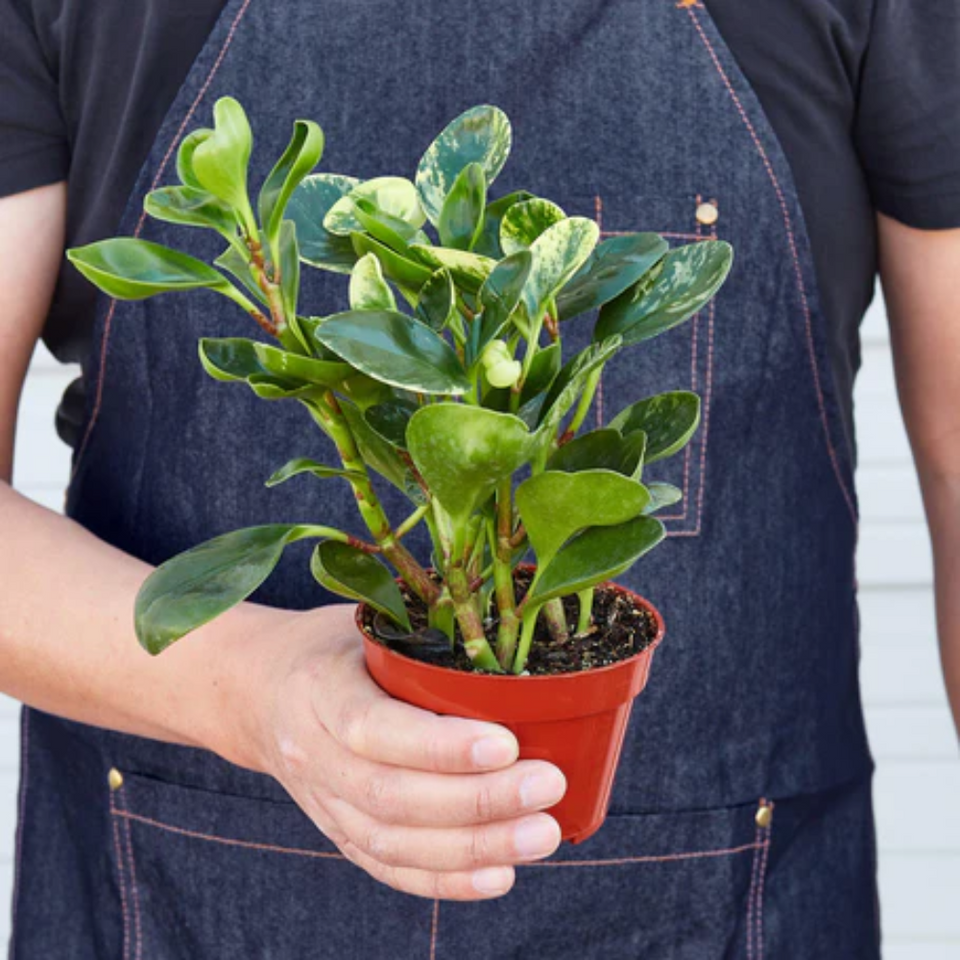






















Reviews
There are no reviews yet.